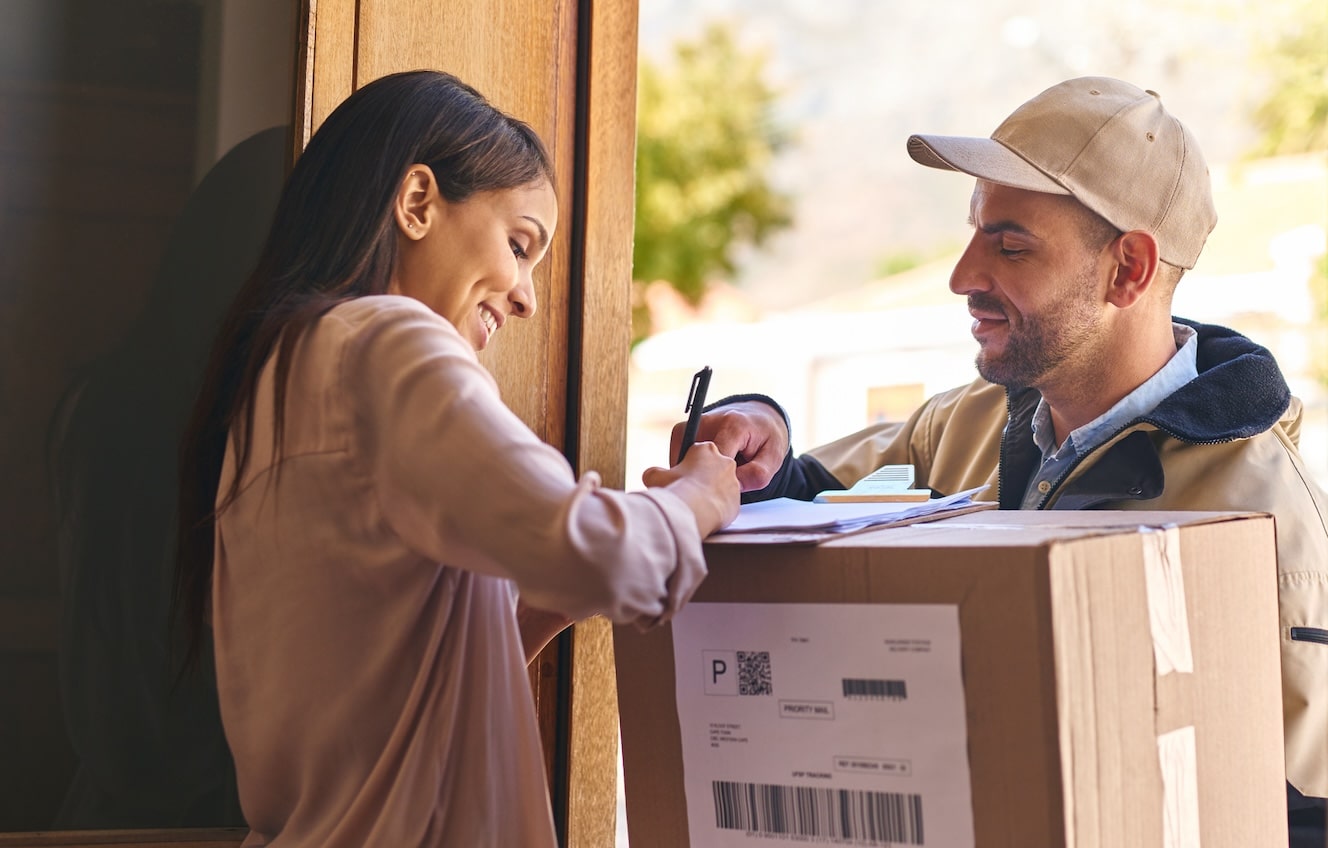How Agent Networks Improve Last-Mile Delivery in Indonesia
Indonesia, the world’s largest archipelago, presents both immense opportunities and daunting logistical challenges. As e-commerce continues to explode—projected to reach over US$100 billion by 2025, according to Google and Temasek—last-mile delivery is becoming a critical focus for businesses trying to serve a geographically fragmented and increasingly digital-savvy population.
This is where agent networks come in. These decentralized, hyperlocal teams are revolutionizing how goods get from distribution centers to the consumer’s door, especially in remote or underdeveloped regions. Here’s how Indonesian agent networks are solving the last-mile problem, enhancing delivery speed, reducing costs, and building trust with customers.
🚚 Understanding the Last-Mile Challenge in Indonesia
Indonesia’s topography—comprising more than 17,000 islands—makes traditional delivery logistics costly and inefficient. Poor infrastructure in rural areas, inconsistent postal codes, and limited internet penetration outside major cities like Jakarta and Surabaya exacerbate delivery delays and failures.
Add to that the rapid rise in same-day and next-day delivery expectations, and the result is a growing need for flexible, responsive, and local delivery strategies. This is where agent networks are a game-changer.
📦 Explore more: Shipping Trends to Watch in Indonesia for 2025
🤝 What Are Agent Networks?
Agent networks consist of locally embedded representatives or micro-entrepreneurs who act as delivery, pickup, or customer service points in specific regions. These agents may include:
-
Independent courier drivers
-
Village kiosks or warungs
-
Local retail shopkeepers
-
Community leaders or postal agents
They serve as delivery nodes or last-mile intermediaries in their respective territories. Backed by digital platforms, these agents can accept packages, confirm deliveries, handle cash-on-delivery (COD), and resolve basic customer queries.
🌍 Benefits of Agent Networks in Last-Mile Delivery
1. Enhanced Reach in Remote Areas
Traditional logistics companies often struggle with the “last mile” in rural or island regions due to infrastructure issues. Agent networks can step in and bridge the gap using boats, bikes, and personal networks that aren’t accessible to large carriers.
🔗 Related: Logistics Hubs in Java: Opportunities for E-commerce and Exporters
2. Faster and More Reliable Deliveries
By reducing the distance between the distribution point and the consumer, agent networks cut down transit times and increase reliability. Many agents operate in areas they live in, making them highly efficient and responsive.
3. Cost-Effective Operations
Using local agents helps companies reduce overhead associated with fleet management, warehouse leasing, or full-time staffing in hard-to-reach zones. This makes logistics more scalable and sustainable, especially for SMEs and new market entrants.
4. Improved Customer Experience
Trust is a major issue in Indonesia’s e-commerce scene. Local agents often know their customers personally, which adds a layer of trust and accountability. They can also assist with cash payments and product returns.
5. Support for Cash-on-Delivery (COD)
In regions where banking penetration remains low, agent networks provide a safe and reliable channel to handle COD payments—still a preferred method for many Indonesian consumers.
🧠 Digital Enablement of Agent Networks
Modern agent networks are powered by mobile apps, GPS, cloud-based tracking, and e-wallet integrations. This digital infrastructure allows for:
-
Real-time delivery updates
-
Inventory visibility
-
Digital proof of delivery (POD)
-
Feedback collection and customer support
Many local tech platforms such as SiCepat, J&T Express, and GrabExpress have begun integrating agent-based logistics into their models, leveraging digital tools for scalability.
📲 See also: How Logistics Tech Is Driving Economic Modernization in Indonesia
🏪 Case Study: How Indonesian Agents Make the Difference
Let’s take the example of a fashion e-commerce business sourcing products from Surabaya and shipping them to customers in remote parts of Kalimantan. Using a network of local agents, this company can:
-
Reduce delivery time by 2–3 days
-
Cut costs by 20–30%
-
Offer reliable COD and return services
-
Maintain a 98% delivery success rate
🔍 Learn more about Logistics Coordination Services Provided by Indonesian Agents
📈 Agent Networks and the Future of E-commerce
As Indonesia’s digital economy matures, the agent model is expected to evolve in the following ways:
-
AI-optimized routing for agent assignments
-
Agent loyalty programs and incentives
-
Data analytics to predict delivery patterns
-
Localized warehousing (micro-fulfillment centers)
Moreover, companies are beginning to see agent networks not just as delivery facilitators, but as customer touchpoints—opening opportunities for upselling, feedback loops, and brand education.
📞 How to Find Reliable Agent Partners in Indonesia
If you’re a foreign business looking to expand into Indonesia, you can partner with verified agents who specialize in last-mile coordination, inventory management, and customer service.
🧩 Indonesia-Agent.com helps global brands build tailored agent networks to navigate the complexities of Indonesian logistics.
🧭 Final Thoughts
In a country as vast and diverse as Indonesia, last-mile logistics is more than just the final step—it’s a defining factor for customer satisfaction and business growth. By leveraging local agent networks, companies can drastically improve delivery success rates, reduce costs, and build trust across regions.
The future of logistics in Indonesia will depend not only on roads and ports but on the power of community-based delivery ecosystems.
